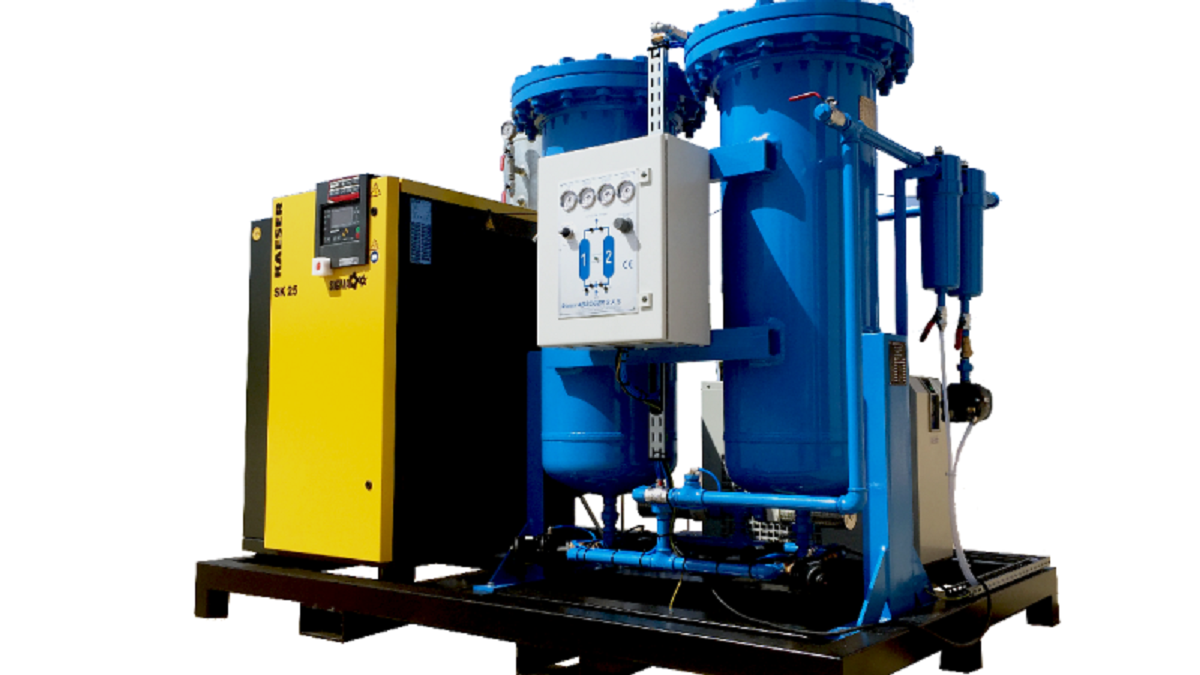Actualidad
Review about recent technologies to assess the quality and improve postharvest of citrus fruits
Citrus spp. are spread mainly in the Mediterranean basin and represent the largest fruit source for human consumption. Postharvest losses, mainly due to diseases and metabolic disorders of fruits, can cause severe wastage, reaching 30 to 50% of the total production. Preserving quality and extending shelf life are essential objectives for postharvest technological innovation, determined by the proper handling, treatment, storage and transport of harvested produce.
14 November, 2022
Redaccion
Citrus?spp. are spread mainly in the Mediterranean basin and represent the largest fruit source for human consumption. Postharvest losses, mainly due to diseases and metabolic disorders of fruits, can cause severe wastage, reaching 30 to 50% of the total production. Preserving quality and extending shelf life are essential objectives for postharvest technological innovation, determined by the proper handling, treatment, storage and transport of harvested produce. Moreover, the application of novel sustainable strategies is critical for the reduction of synthetic fungicide residues on fruit surfaces and the impact on the environment caused by waste disposal of fungicides. In this article, the current knowledge about the safest and more sustainable strategies, as well as advanced postharvest handling and storage technologies, will be critically reviewed.?Contents 1. Introduction 2. Causes of Postharvest Loss in Citrus Fruit2.1. Postharvest Diseases2.2. Physiological Disorders 3. Novel Citrus Postharvest Technologies and Strategies 3.1. Physical Treatments3.1.1. Heat Treatments3.1.2. Irradiation3.1.3. LED Blue Light3.1.4. Other Emerging Non-Thermal Technologies3.1.5. Cold Atmospheric Plasma (CAP)3.1.6. Precooling3.1.7. Modified and Controlled Atmosphere Storage3.1.8. Innovative Packaging 3.2. Emerging Chemical Strategies3.2.1. Sanitizing Agents3.2.2. Inorganic and Organic Compounds3.2.3. Natural Antifungal Compounds3.2.4. 1-MCP 3.3. Biocontrol 3.4. Coatings 4. Non-Destructive Methods for Quality Assessment4.1. Visible and Near-Infrared Reflectance Spectroscopy (Vis/NIR)4.2. Hyperspectral Imaging Analysis4.3. Raman Spectroscopy4.4. Nuclear Magnetic Resonance4.5. Nanosensors for Early Detection 5. Future Directions 6. Patents Sources?Postharvest Technologies of Fresh Citrus Fruit: Advances and Recent Developments for the Loss Reduction during Handling and Storage? Strano, M.C.; Altieri, G.; Allegra, M.; Di Renzo, G.C.; Paterna, G.; Matera, A.; Genovese, F. Horticulturae?2022,?8, 612.?https://doi.org/10.3390/horticulturae8070612 This article belongs to the Special Issue?Postharvest Management of Citrus Fruit Picture by Pinterest









